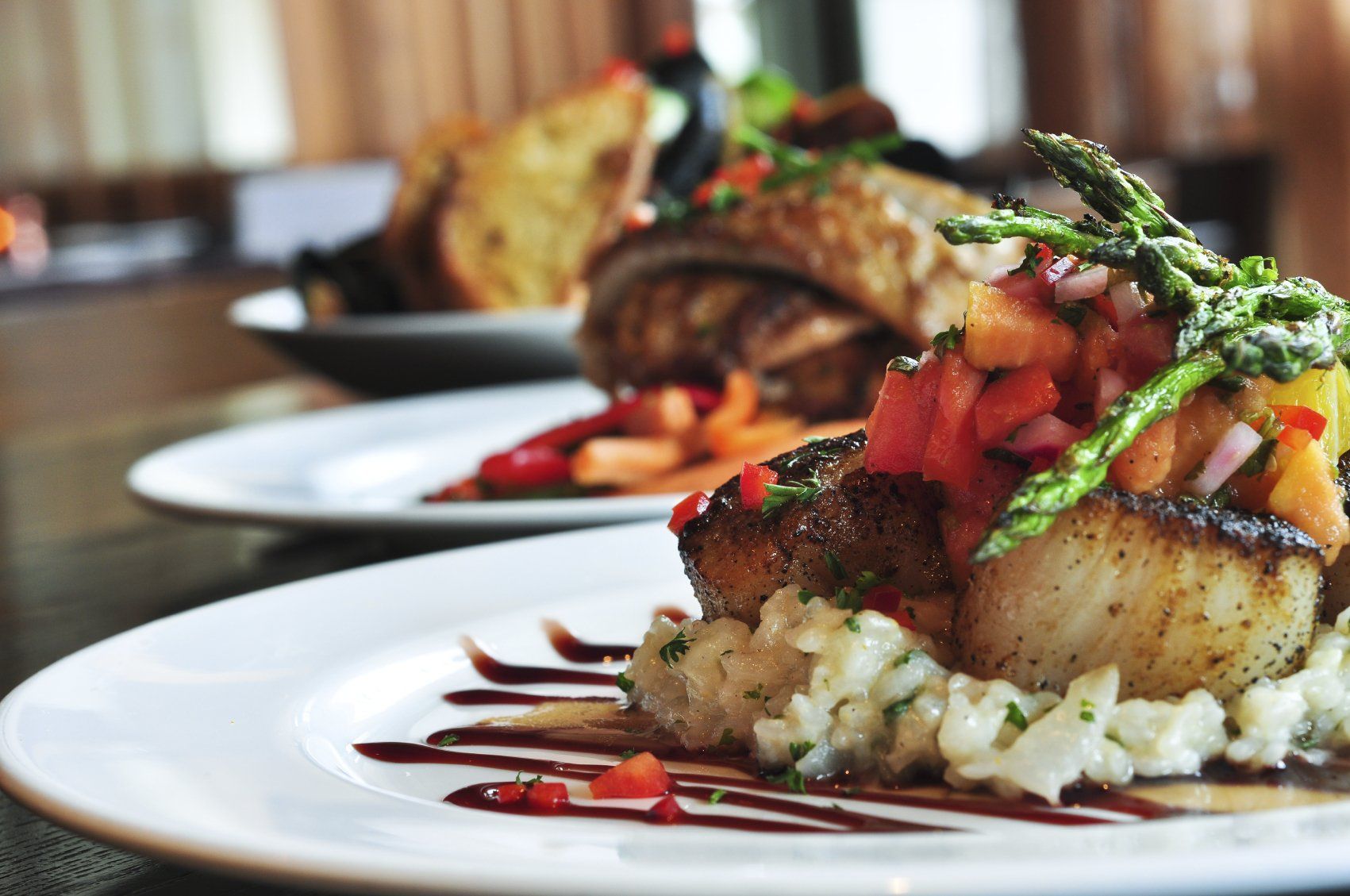Balazote

The Village
Balazote is a place of ancient origin, as the first human traces can be traced back to four or five centuries before our era. This is demonstrated by its famous "bicha", an Iberian sculpture which was attributed with the property of deflecting evil influences. In this way we can see the importance that this village has had since ancient times. Nowadays, its population is approximately 2,400 inhabitants.
Balazote has consolidated important economic resources, especially in agriculture. Although the main recognition comes from irrigated agriculture and the cultivation of garlic, the use of groundwater from aquifer 18 of La Mancha Oriental has also consolidated the cultivation of maize and onions in the area, together with the traditional dry cereals and sunflowers which are also present. Other crops grown in the irrigated and unirrigated areas include potatoes, maize and alfalfa, among others, but the crop that stands out above all others is garlic, which is one of the largest producers in Castilla-La Mancha.
Things to See
Balazote's 16th century Church of Nuestra Señora del Rosario, a monumental building that is one of the most iconic images of the town, stands out.
Not to be missed is the
Cerro San Cristóbal Circular Route, an 11 km walk that takes in different points of interest, such as the Santa Mónica hermitage, the San Cristóbal hill - the highest point on the route, from which you can enjoy a privileged view of the Sierra de Alcaraz - or the hills of El Tesoro.
Festivities
Festivities of San Blas, patron saint of the municipality. They take place in February, in which one of the most beautiful traditions of the town is carried out, known as the traditional "corrida de la bandera", which consists of going on stage to demonstrate skills such as strength and dexterity in the handling of the flag under the accompaniment of the Balazote Municipal Music Band.
Pilgrimage in honour of the patron saint, Santa Monica, in May. During the pilgrimage, the pilgrims go up to the hermitage located on the hill that bears her name, where the Eucharist is celebrated and the traditional presentation of bread rolls blessed by the saint is performed.
Bicha de Balazote
The bicha de Balazote is one of the most unusual, mysterious and attractive figures in Iberian statuary, and its origin dates back to the 5th century BC. French archaeologists were the first to study it, identifying it as a female deer; hence "biche" was its first name, which later became "bicha" in Castilian. It has been in the National Archaeological Museum in Madrid since 1910. Recent excavations in the fertile plain of Balazote have uncovered an Iberian burial mound which allows us to place this unique piece in the context of a tomb necropolis to which it probably belonged.
It is sculpted in greyish limestone. The head is erect and prominent, in a separate piece. It represents a bull lying down, with a well-modelled anatomy, resolved in smooth forms that aptly summarise the animal's characteristics. The tail is gracefully curled over its left haunch. The head is more hieratic, with a very rigid moustache, beard and hair, detailed with straight lines, between which a more fleshy and expressive face emerges. His eyes have typical features of archaic Greek statuary. Behind the temples sprout short horns and, beneath them, short bovine ears. A replica of the Bicha can be seen in Balazote.









































